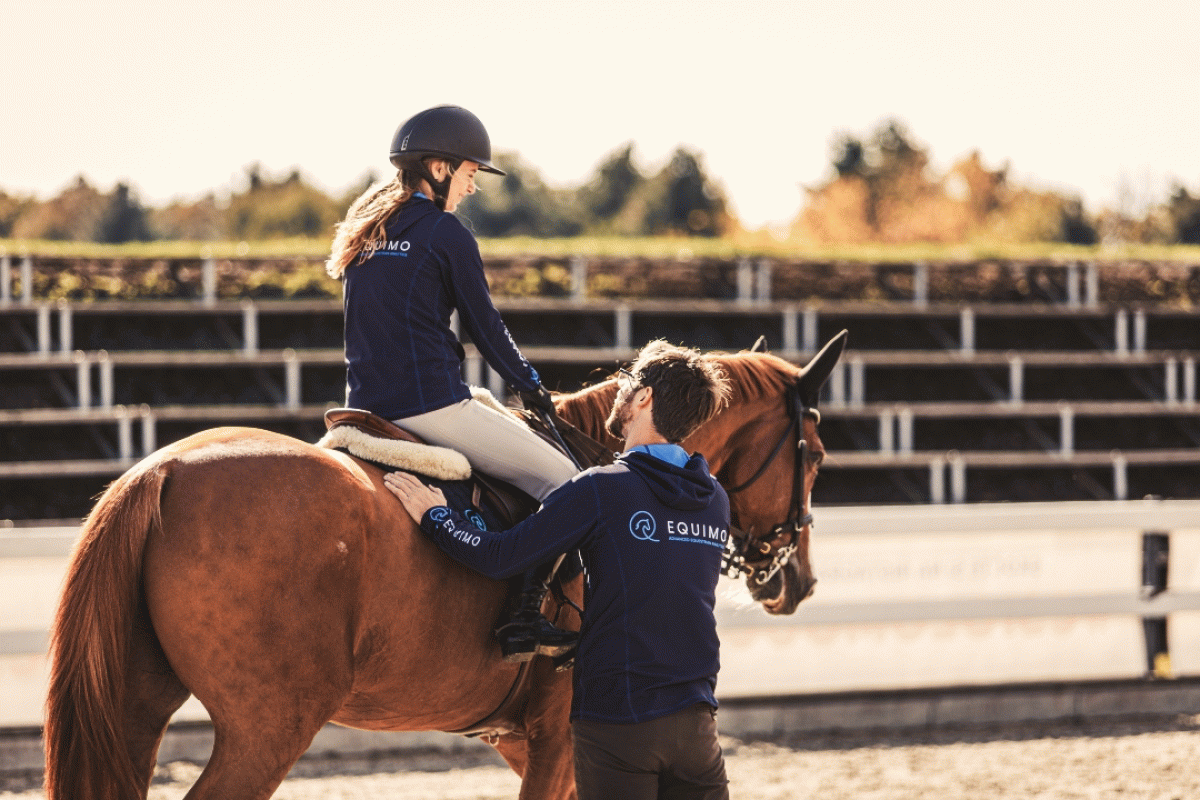
The first part described my problem with even spreading of left- and right-handed motion during a session with my gelding. Get ready for another example of how feelings in the saddle may vary from reality.
One of my students has a very hot mare. As the student herself isn't much of an experienced rider, she often tends to get scared. The result? From the moment she climbs into the saddle, she tries to pull the mare's head down because she believes it can prevent the horse from being too fierce. Several problems can stem from this habit.
First, the mare does not get a chance to stretch her muscles before she has to collect herself. It is a similar case as if you went to a gym without a proper warm-up, you do more harm than good to your muscles. Not only can the mare's neck become painful, but she also never learns to relax appropriately. Therefore, is not able to carry herself the right way, which causes less muscle development on her back and hindquarters. Such can trigger off more pain in a long-term view. If the muscles do not protect the spine, it is more sensitive to shocks caused by a saddle.
Second, the mare is not able to calm herself down and gets nervous and irritated very soon. Consequently, she makes much smaller strides, which is also related to stiff muscles of hers.
There is a straightforward solution to my student's problem. Instead of pulling her mare's head down immediately, which leads to numbness, irritation, and muscle ache of the horse, the student shall focus on an energetic, forward pace.
During one lesson, I forced her to forget her fear of falling when the mare starts to be too active, and we focused mostly on the tempo for the first fifteen minutes. After this time, the horse was not only relatively relaxed, bud also mellow and willing to cooperate. She was even helping her rider when it came to jumping, which is something she doesn't do very often.
In this case, my student had the feeling that whenever she let the rein loose, her mare was too active, and she might fall. The horse was just curious about her surroundings, and once she got the chance to stretch herself at the beginning of our session, she was much less fiery and much easier for cooperation.
Once again, EQUIMO can help in such situations. We know the student has to learn to increase the tempo, especially at the beginning of her session. While using EQUIMO, she is aware of her pace and intensity, so she can check on these values and learn from the results she gets. Hopefully, step by step, she can work on communication with her mare so they both can be happier and enjoy their time together.